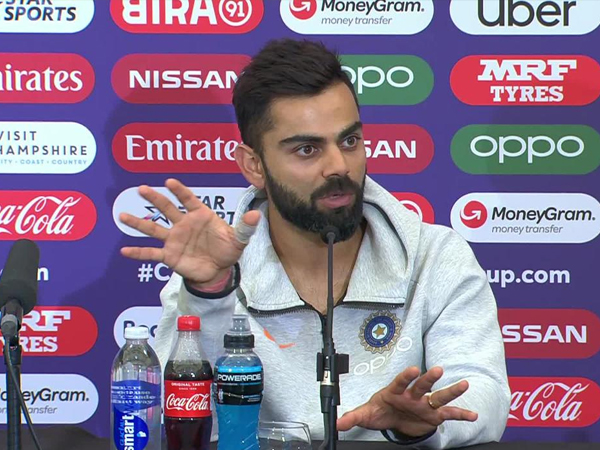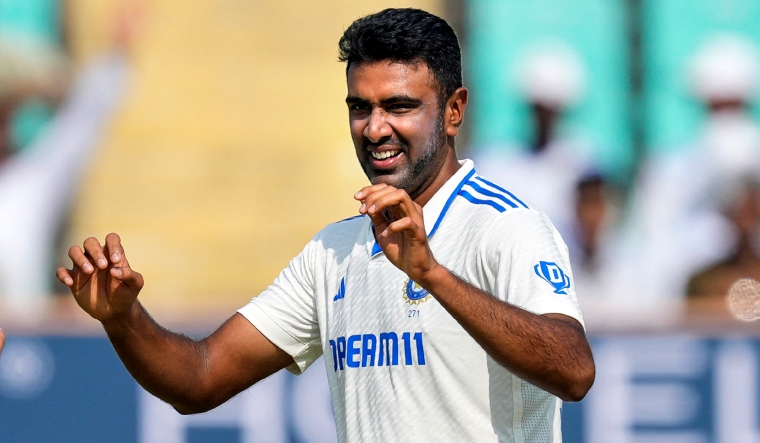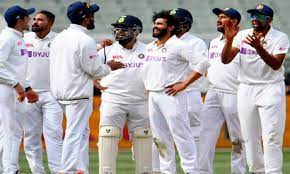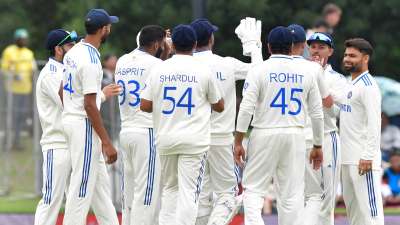I have been a staunch supporter of giving Kohli a lengthy rope despite his below-par performance over the last 4 years. There were calls for Kohli to be dropped from the Test team because of his poor performance but I actually wanted him to take a break from the game for a period of 6 months and come back afresh. Kohli himself admitted that a break of about a month helped him to recover and he regained his white ball form. Now, it is time his undisputed position in the team is brought into sharp focus. Let me describe in Kohli is it time to ask the question?
When it comes to replacing a batsman in the Indian team, one always thinks about Rahul, Pujara, Rahane or even Rohit Sharma but for some reason, Kohli’s name never comes up in the argument. Well, it is understandable, afterall, Kohli’s performances till about 4 years ago was extraordinary. In ODIs, he has won games with nonchalant ease. The 183 against Pakistan cannot be forgotten by any Indian anytime soon. He took to chasing a score like a duck to the water. So much calm and composure. The calculating mind was seen in action all the time while India chased in ODIs and T20s. The effortless shots on both front and backfoot has always been a treat to watch.
When it comes to Test cricket, ofcourse, he hasn’t played any match winning innings in the 4th innings despite multiple opportunities, twice in South Africa and twice in England, but he helped the team to post a mammoth total for the bowlers to defend. Much of India’s dominance in India over the last decade was because of the volume of runs Kohli scored.
What matters is the present
However, all of that were in the past. Over the last 3-4 years, his form has declined consistently and decisively. There simply is no way out of the rut that Kohli finds himself in. Ofcourse, he is making every effort to come out of the rut but unfortunately for him and for the nation, there simply doesn’t seem to be an end in sight. Kohli has really earned his extended period of bad form because of what he has achieved in the earlier part of his career. Anyone who judges Kohli based on his recent form must think of his contribution, both as a captain and as a batsman. However, that does not mean that questions must not be raised when the situation has become this dire.
Kohli has the worst average of any Indian batsman who has played more than 15 Tests during the last 4 years. Lesser than Pujara, lesser than Rahane, lesser than Rohit and even lesser than Rahul. The ongoing series against Australia is a case in point. Admittedly, the pitches have been anything but batsmen friendly but some batsmen have showed that runs can be had on those pitches. Rohit Sharma showed that with a brilliant hundred. To a larger extent Khawaja and even Handscomb have shown how to survive and thrive on these pitches. Even the spinner Axar Patel, who is in the team for his bowling has got a better average and has scored more runs than Kohli.
Difficult pitches are not the only reason
Kohli’s barren run is not just because of the difficult pitches. During these 4 years, he has batted everywhere else but he wasn’t able to make a single innings count. His struggle is not a secret any longer. It is out in the open. His inability against the spinners is quite clear. His tactics against the spinners is becoming quite predictable. Whenever the opponent sees Kohli walk-in, a spinner is immediately called onto bowl to get rid of him. 5 of his last 8 dismissals were LBW which shows that he is unable to read the line. There was a time when the Indian fan had hope until Kohli was at the wicket but not anymore and it is really sad to see.
Why does Kohli’s failure matters?
Kohli’s failure to take charge like he has done in the past and attack the bowlers is missed dearly. His failures get amplified because of the non-performance of Pujara, Rahane and Rahul at the sametime. As a result, the Indian team is struggling to post totals for the bowlers to defend and to make matters worse, India are playing with 5 specialist batsmen which means atleast 3 of them must score runs. With the rest not scoring either, problems of Kohli is magnified.
Wrapping up Kohli is it time to ask the question?
This is not a call for Kohli to be dropped from the squad rightaway but rather, Kohli must be told that things cannot remain the same any longer. He will have to shape up or be prepared to be shipped out. For his failures have been dragging himself and the team through an abyss. There is not an end in sight. He is blocking the path of some deserving youngsters. Ofourse, he can always make a comeback by playing in Ranji games and regaining his touch. That window must be kept open for him.



